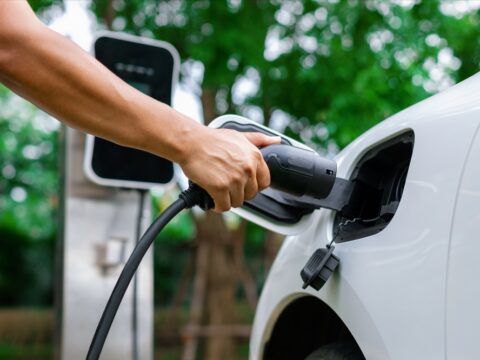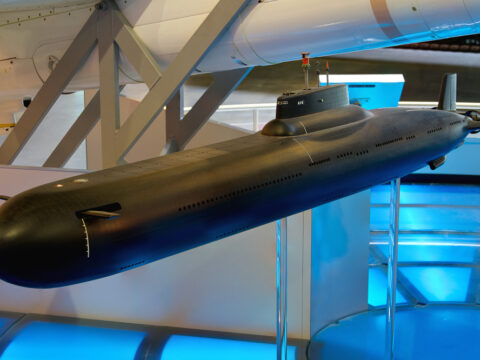Not every idea that sounds innovative turns out to be practical. In the automotive world, many technologies and features promise convenience, safety, or efficiency but fall short when put to the test. Here are 15 vehicle innovations that seemed like a great idea but didn’t quite work out in real life.
Contents
Solar-Powered Cars

Harnessing solar energy to power vehicles seems revolutionary, but the technology isn’t ready for prime time. Solar panels on a car’s roof don’t generate enough electricity to sustain longer trips or power all of the car’s functions. Additionally, performance drops sharply in cloudy weather or during the night, making solar cars unreliable. The limited power output is the major barrier to their practical use in everyday driving.
Automatic Parking Systems
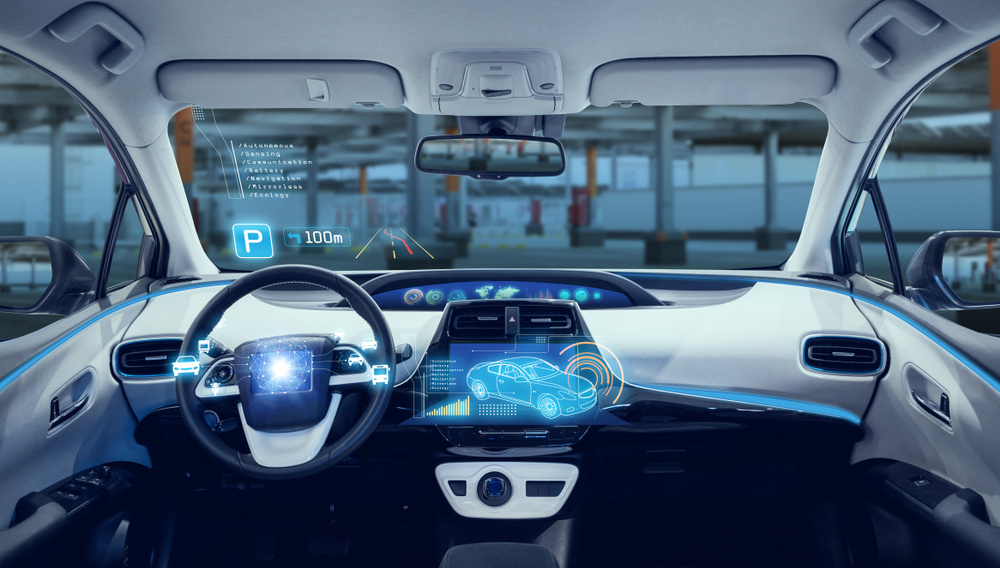
Automatic parking systems promise convenience, but in reality, they often fall short. These systems can misjudge tight spaces, leading to poorly executed parking maneuvers. Sensors may fail to detect small obstacles like curbs or poles, which could result in vehicle damage. For many, the inconsistency of these systems makes manual parking a safer and more reliable option.
Airless Tires
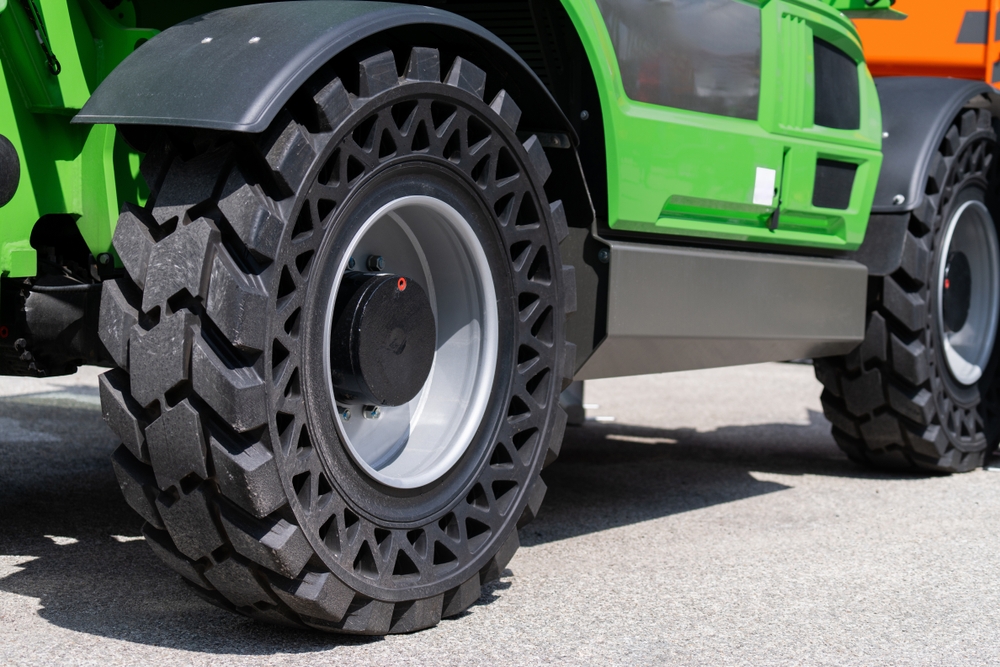
Airless tires eliminate the risk of flats, but they introduce other problems. The rigid structure of these tires leads to rougher rides, especially on uneven terrain. Heat dissipation becomes an issue at higher speeds, which can cause overheating. While the concept sounds great, traditional air-filled tires continue to offer better performance and comfort.
Self-Healing Paint
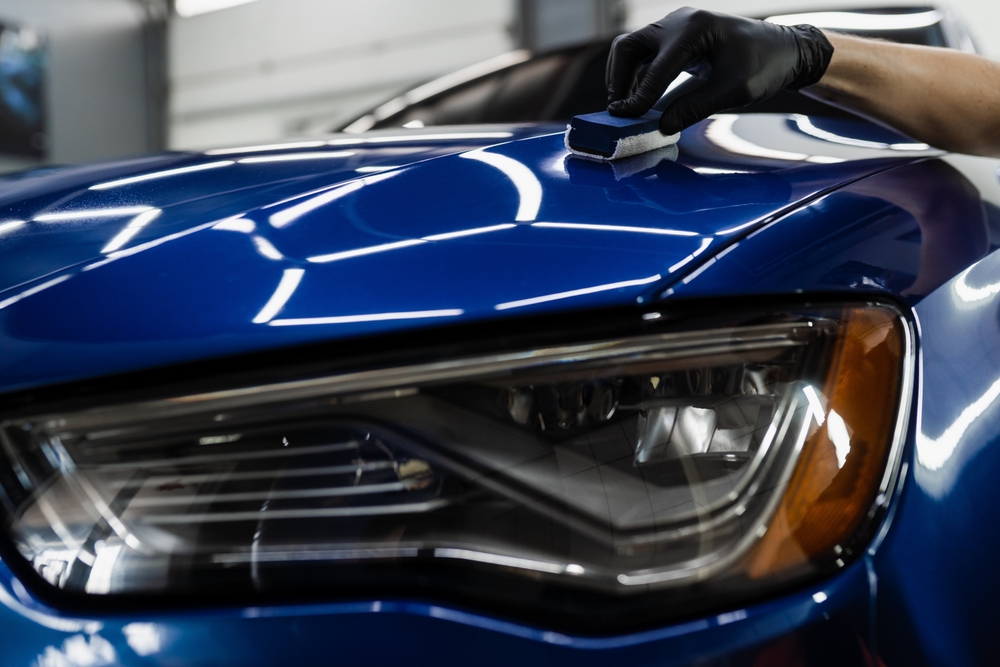
Self-healing paint, which repairs minor scratches with heat exposure, seems like a dream solution for car owners. However, it only works on superficial scratches and fails to repair deeper damage. Prolonged exposure to UV rays and fluctuating weather conditions can degrade the paint’s effectiveness over time. Regular touch-ups and maintenance remain essential, despite the promise of self-healing technology.
Gesture Controls
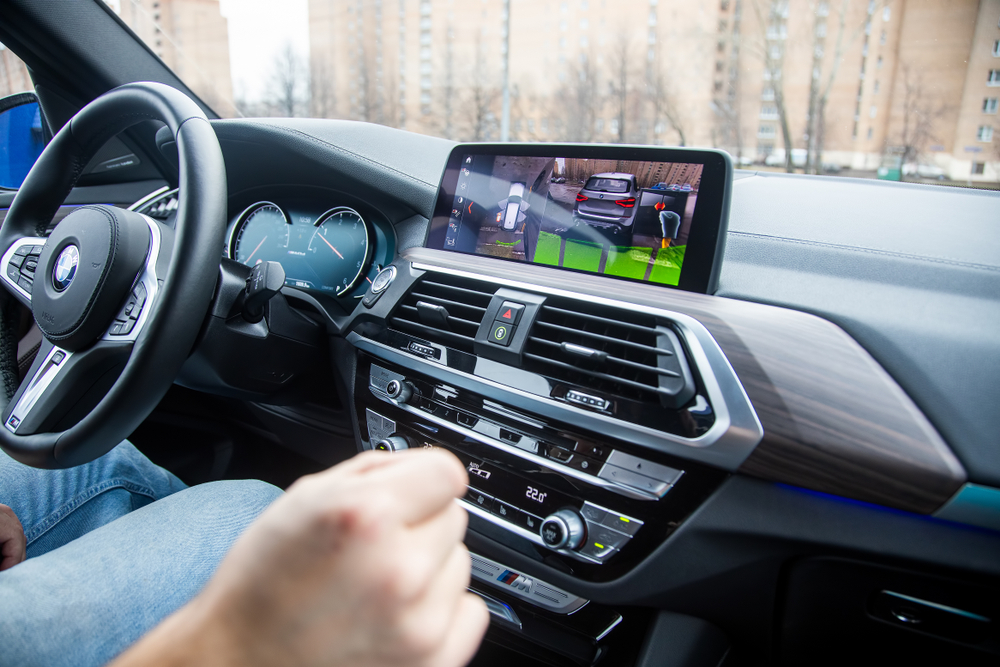
Gesture controls aim to make vehicle interaction easier, but their practicality is questionable. The systems often misinterpret hand movements, leading to accidental commands. Environmental factors like lighting and hand positioning can make gesture recognition even more unreliable. As a result, traditional touch or voice-controlled systems still offer a more dependable user experience.
Hydrogen Fuel Cells
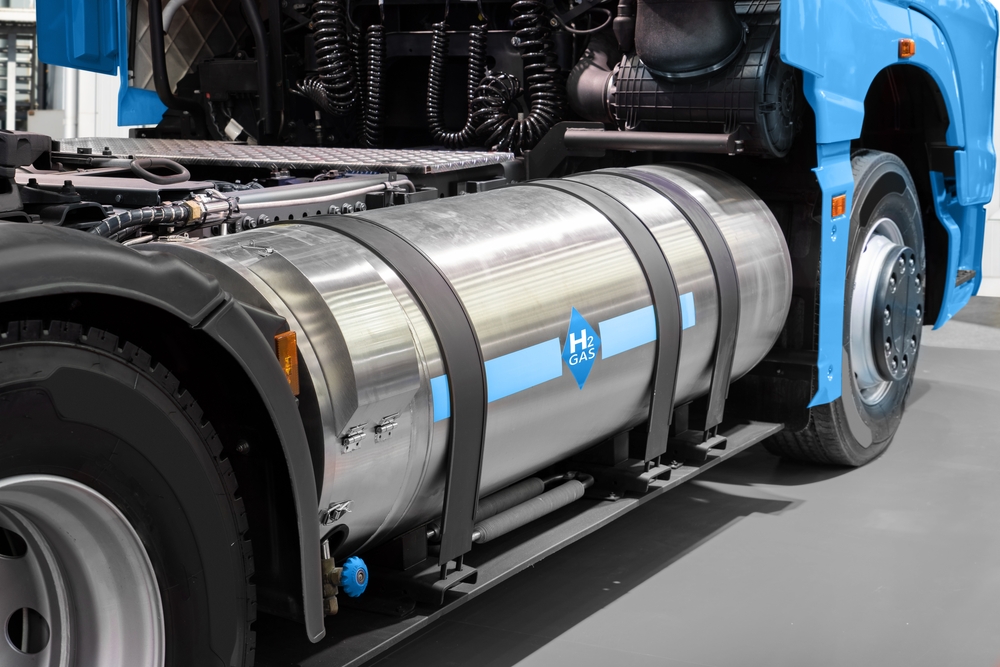
Hydrogen fuel cells have been touted as a green alternative to gasoline, but there are hurdles to their widespread use. Infrastructure for hydrogen fueling stations is nearly non-existent in most regions, making refueling inconvenient. Additionally, producing and transporting hydrogen is costly, and these expenses are passed on to consumers. As a result, battery-electric vehicles have taken the lead in the clean energy race.
Vehicle-to-Vehicle Communication
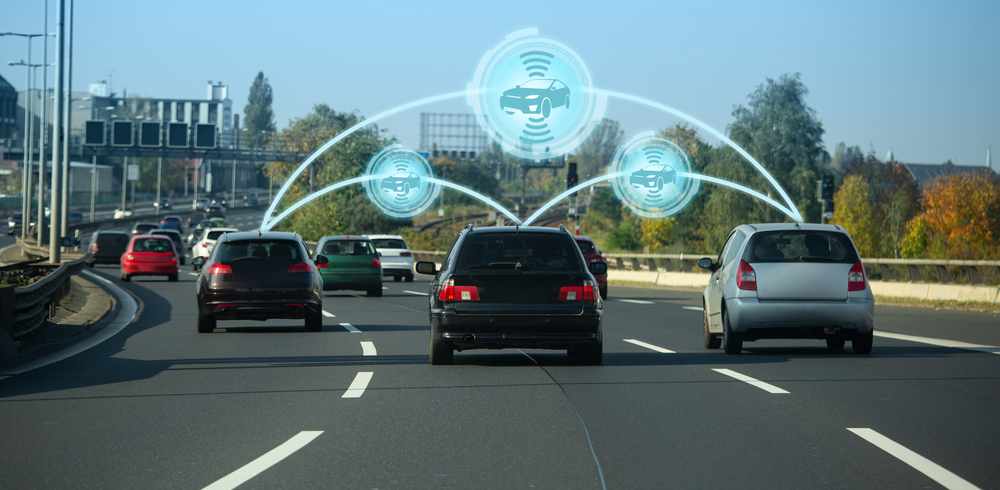
The idea of vehicle-to-vehicle (V2V) communication, which allows cars to share data like speed and location, sounds like a game-changer for road safety. However, without widespread adoption of the technology, its potential remains largely untapped. Security concerns also loom, as hacking into the system could lead to dangerous situations. For now, V2V communication is more of a theoretical safety tool than a practical one.
Head-Up Displays
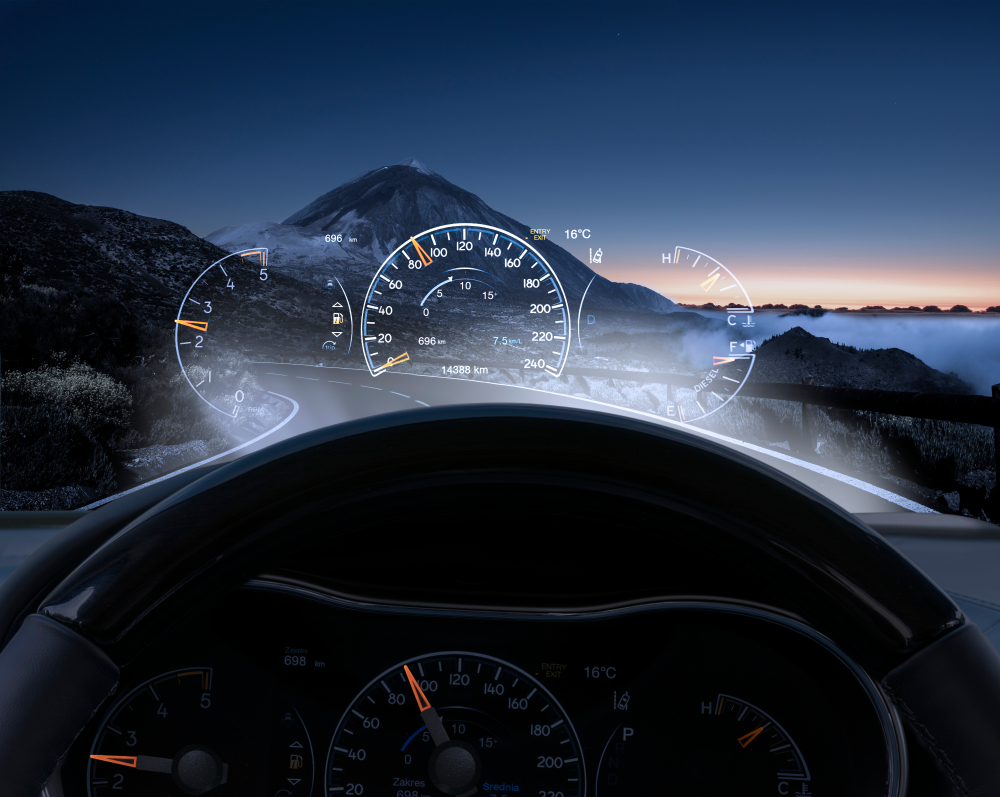
Head-up displays (HUDs) were designed to reduce driver distraction by projecting information onto the windshield. Ironically, many drivers find these displays distracting due to their cluttered and often hard-to-read visuals. Bright sunlight or reflections can interfere with visibility, making it difficult to read the information. Despite their futuristic appeal, most drivers prefer traditional dashboard displays for their simplicity and clarity.
Retractable Steering Wheels
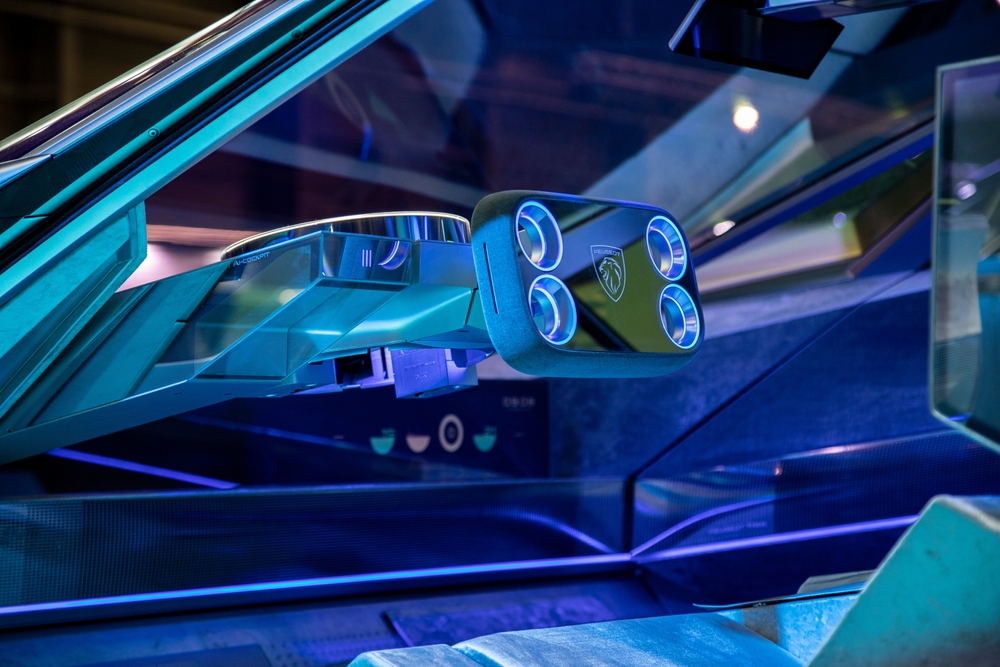
Retractable steering wheels promise to create more cabin space, especially in autonomous cars, but there are major concerns. Full autonomy is still far off, making retractable steering wheels unnecessary for most vehicles today. Additionally, any malfunction in the retracting mechanism could prevent the driver from regaining control in an emergency. As a result, traditional steering wheels remain the safer choice.
Built-In Vacuum Cleaners
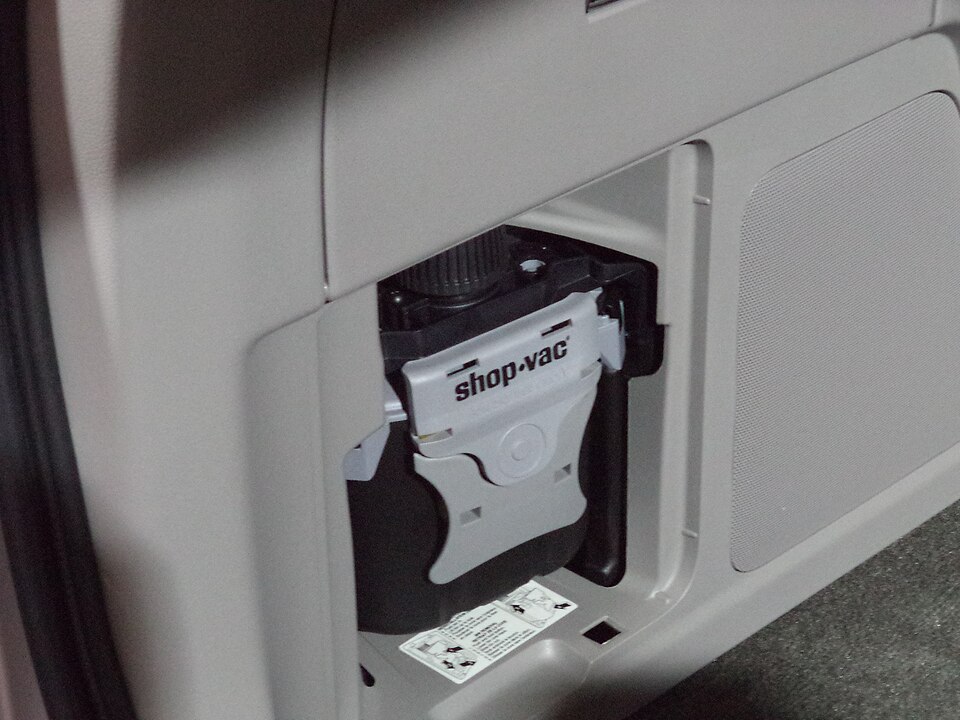
Built-in vacuum cleaners in minivans and SUVs offer a novel way to clean on the go, but their limitations are quickly apparent. These systems lack the power of traditional vacuums, making them ineffective for deep cleaning or larger messes. They also take up valuable space in the vehicle and are often difficult to maintain. Portable vacuums remain a more practical solution for most drivers.
Energy-Harvesting Shock Absorbers
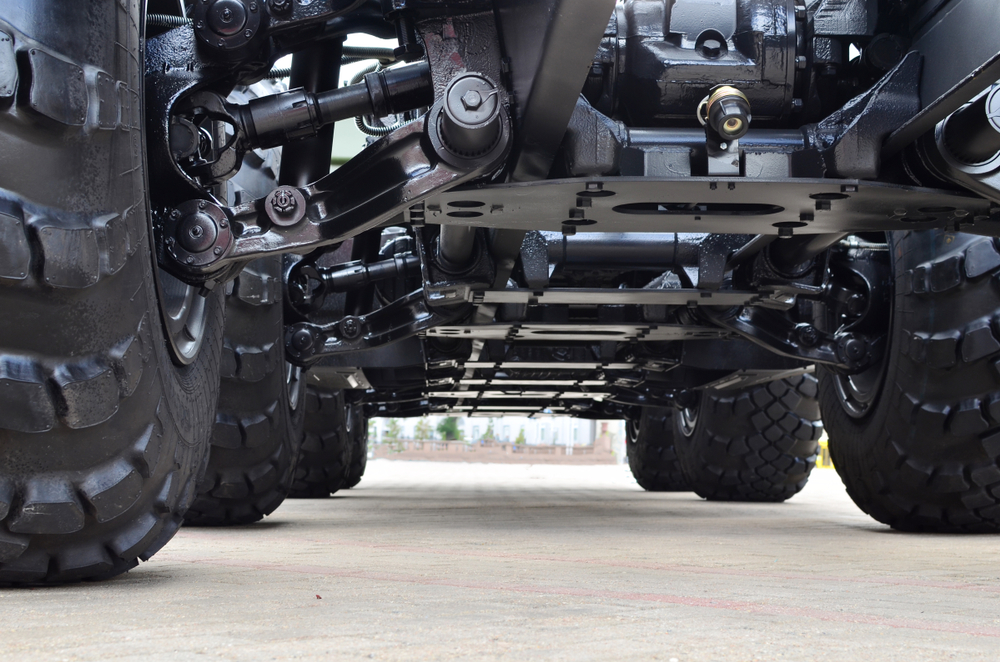
Energy-harvesting shock absorbers sound like a clever way to capture energy from road bumps, but the reality is underwhelming. The amount of electricity generated is minuscule and not enough to power any meaningful vehicle systems. The added cost and complexity of these systems outweigh the marginal benefits they provide. Drivers looking for fuel savings won’t see much of an impact with this technology.
Voice-Activated Navigation
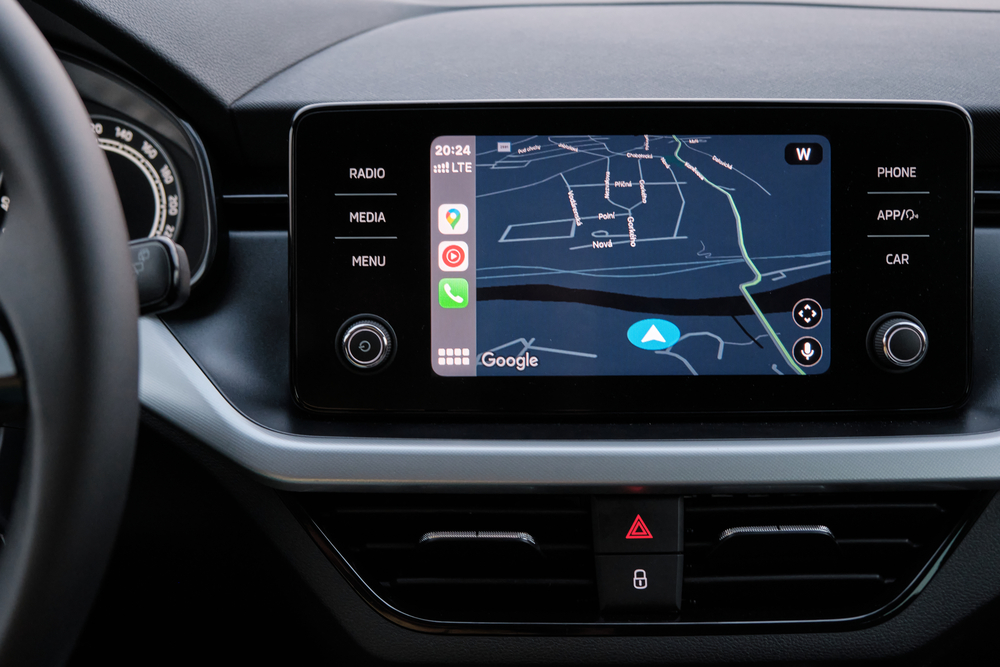
Voice-activated navigation systems were meant to make driving safer by keeping hands on the wheel, but they often frustrate users. Many systems struggle to understand accents, dialects, or even background noise, leading to incorrect directions. Miscommunication between driver and system often results in missed turns or unnecessary rerouting. Despite advancements, manual input remains more reliable for navigation accuracy.
Electric Vehicle (EV) Range Extenders
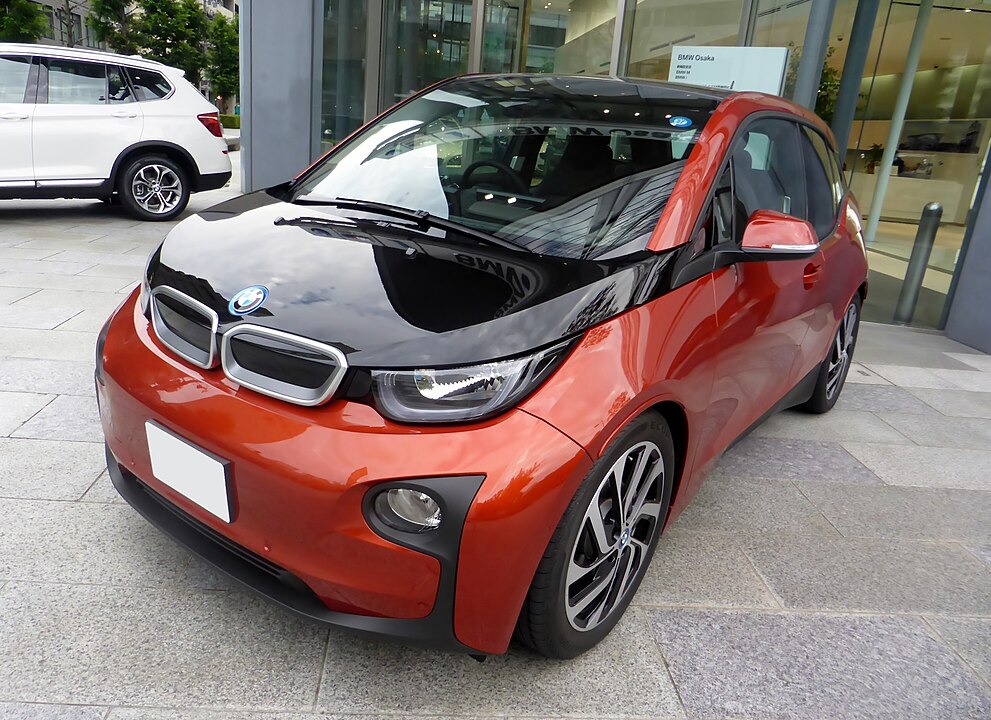
Range extenders for electric vehicles (EVs) seem like a solution to range anxiety, but they’re riddled with inefficiencies. These small gasoline engines add weight and complexity, reducing the overall efficiency of the vehicle. Moreover, they produce emissions, counteracting the environmental benefits of driving an electric car. As a result, consumers prefer longer-lasting batteries over range extenders.
Flying Cars
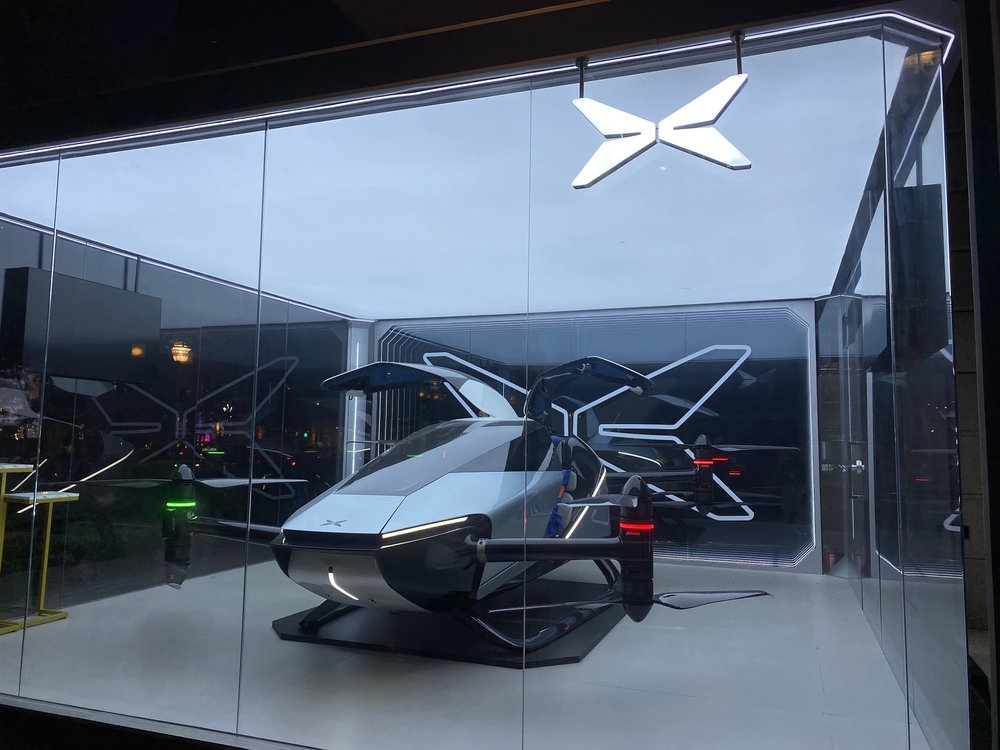
Flying cars have long captured the imagination, but they are far from practical. The cost of producing such vehicles and the necessary infrastructure—like designated air lanes and landing spots—would be enormous. Additionally, strict safety regulations and required pilot training present further obstacles. For now, conventional ground vehicles remain a more practical mode of transport.
360-Degree Cameras for Driving
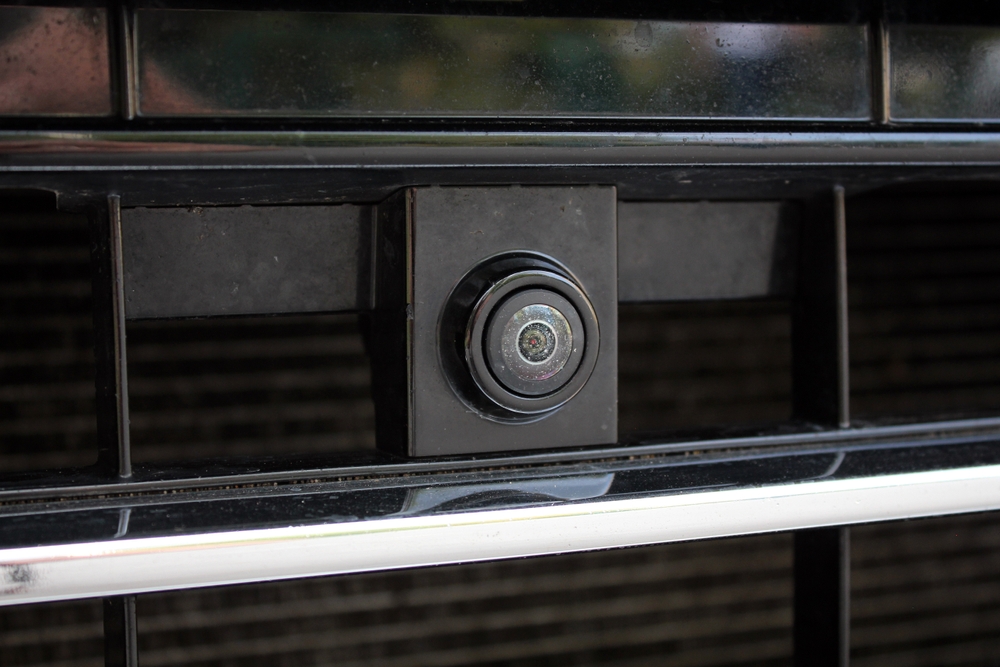
360-degree cameras give drivers a panoramic view of their surroundings, but they don’t always provide the clarity needed for effective use. Depth perception can be distorted, and the cameras often struggle in low-light or poor weather conditions. Furthermore, dirt and water on the lens can obscure the view, requiring constant maintenance. Many drivers still find traditional mirrors or basic backup cameras more reliable for everyday driving.
This article originally appeared in MyCarMakesNoise.
More from MyCarMakesNoise
20 Worst Handling Cars Ever Made

When it comes to driving, handling is a critical aspect that can make or break the experience. Some cars, however, fall short in this department, offering a ride that’s anything but smooth and controlled. Read More.
17 Investment-Worthy Vintage Airplanes for Aviation Enthusiasts

For aviation enthusiasts, investing in vintage airplanes isn’t just about owning a piece of history; it’s about preserving the legacy of aviation’s golden age. Read More.
19 Underappreciated Luxury SUVs That Offer Great Value
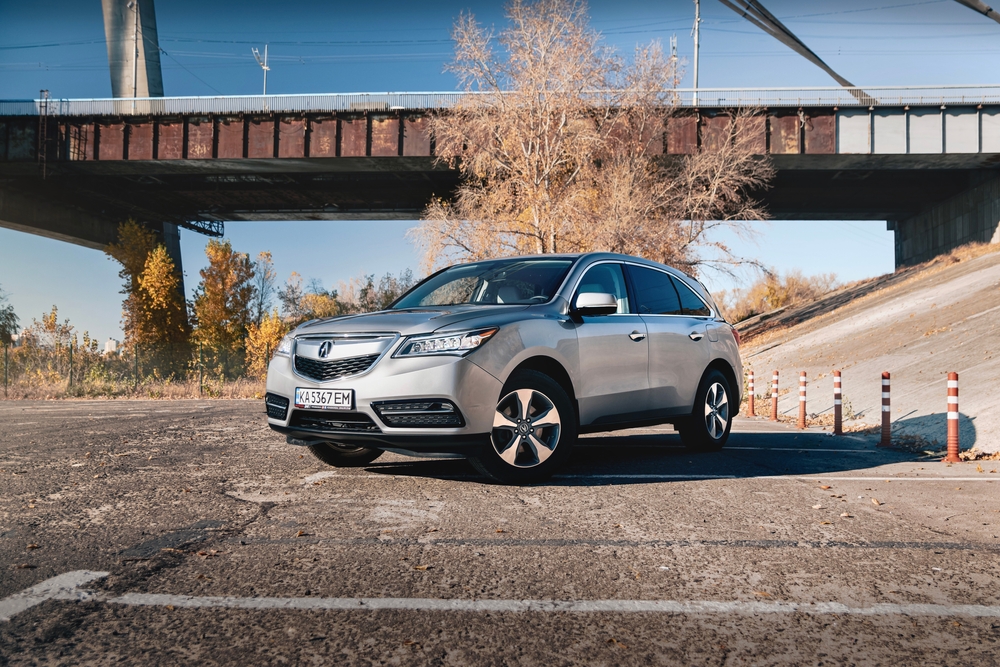
When it comes to luxury SUVs, some models don’t get the recognition they deserve. These underappreciated vehicles offer top-notch features, impressive performance, and exceptional value, often at a more accessible price. Read More.

